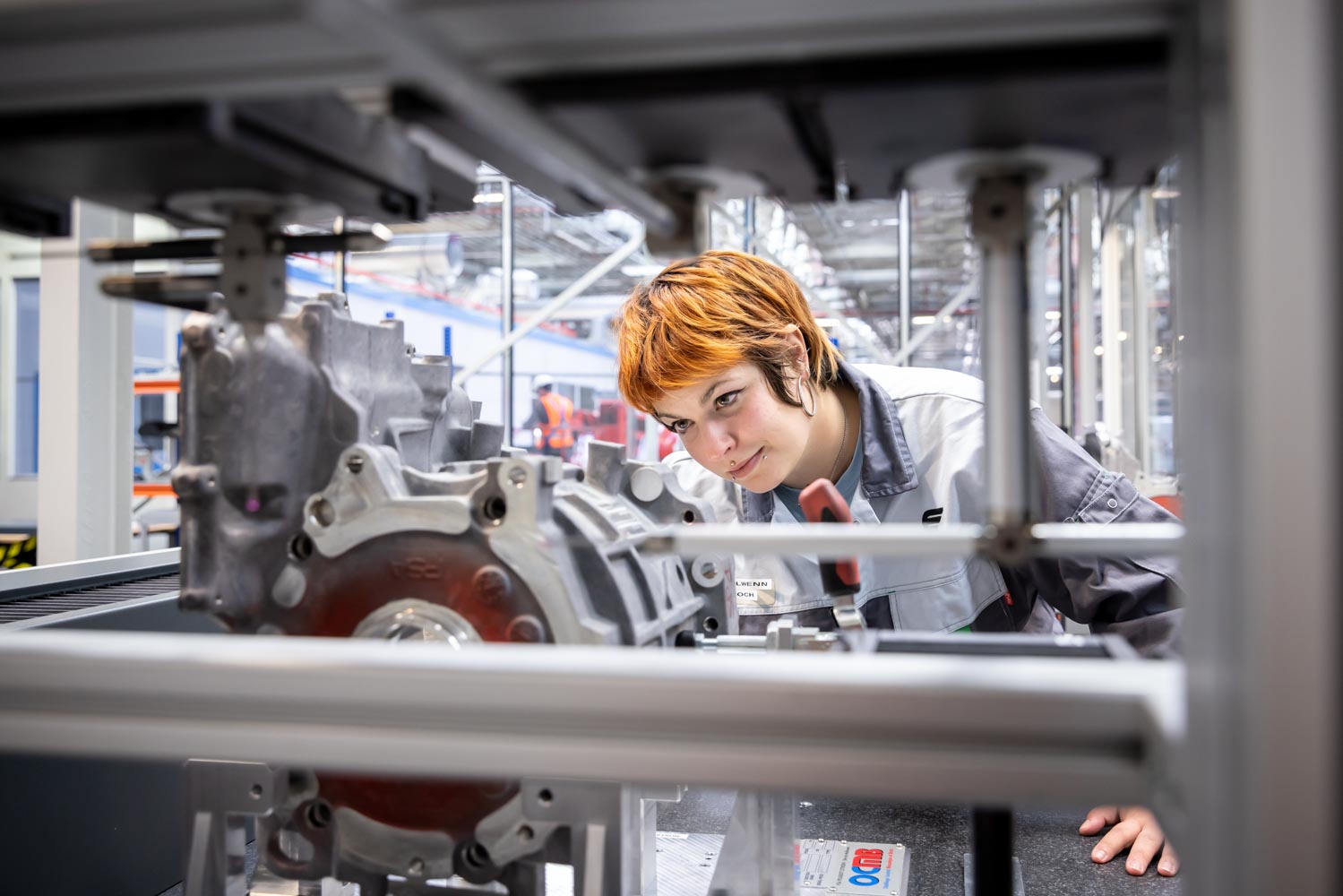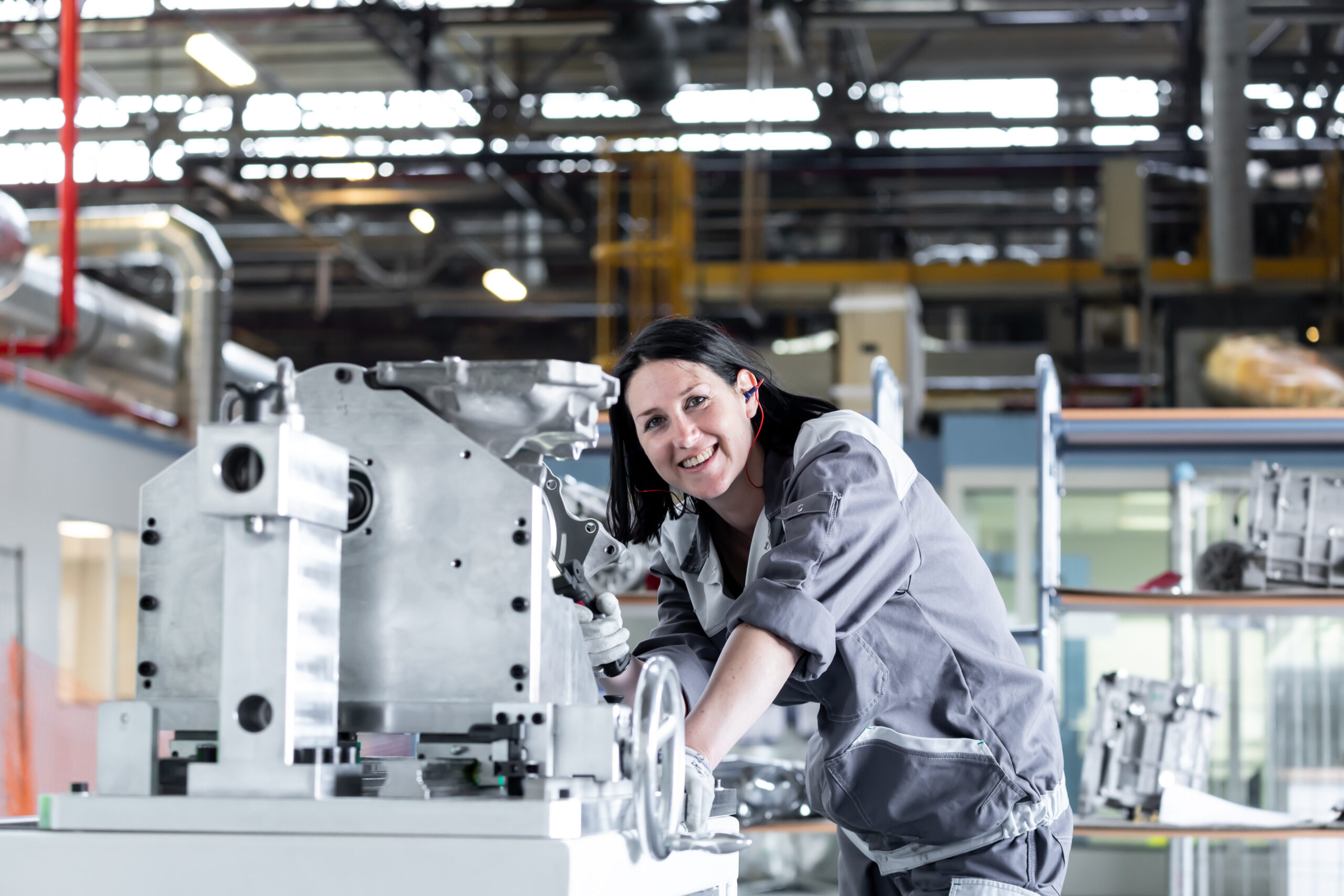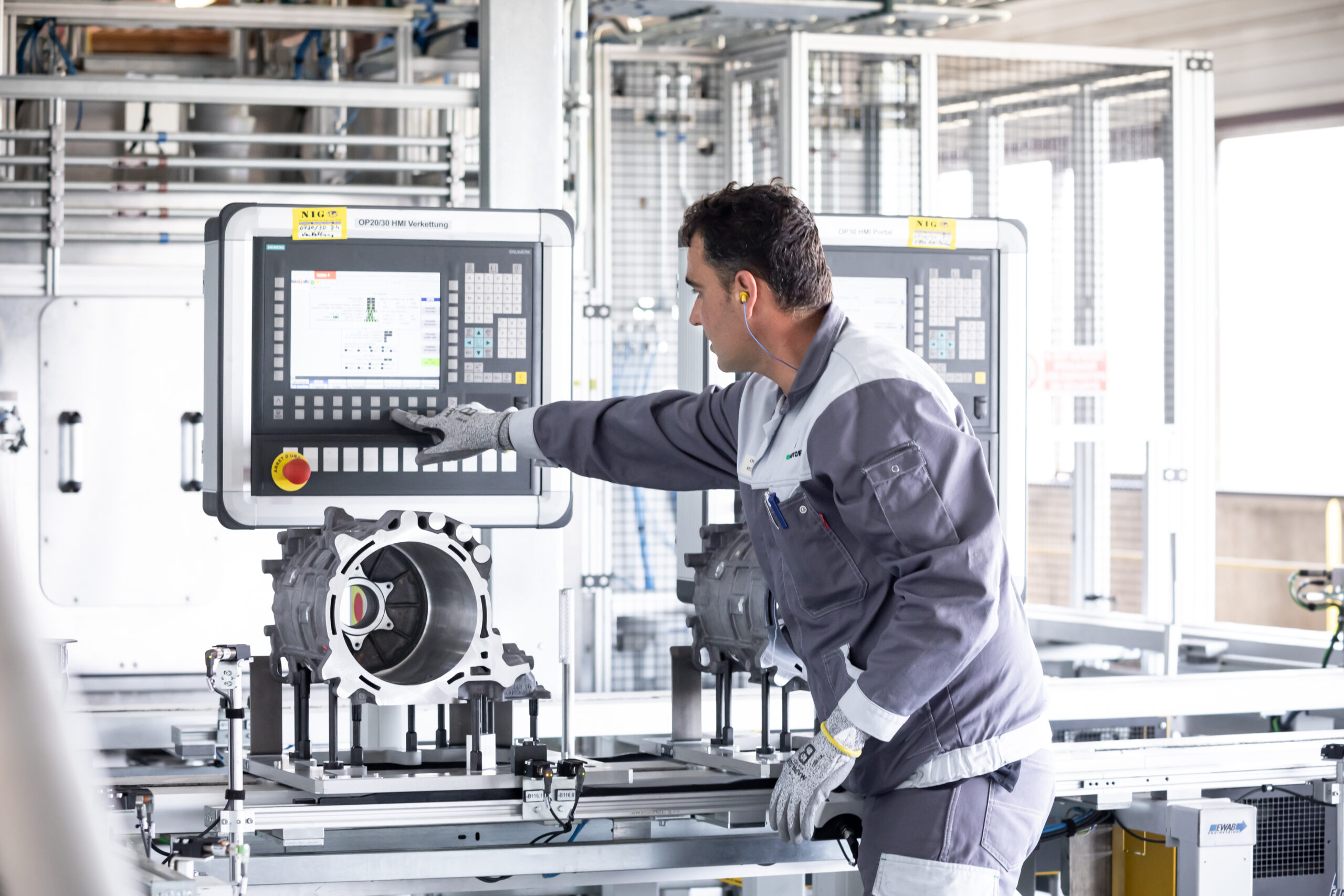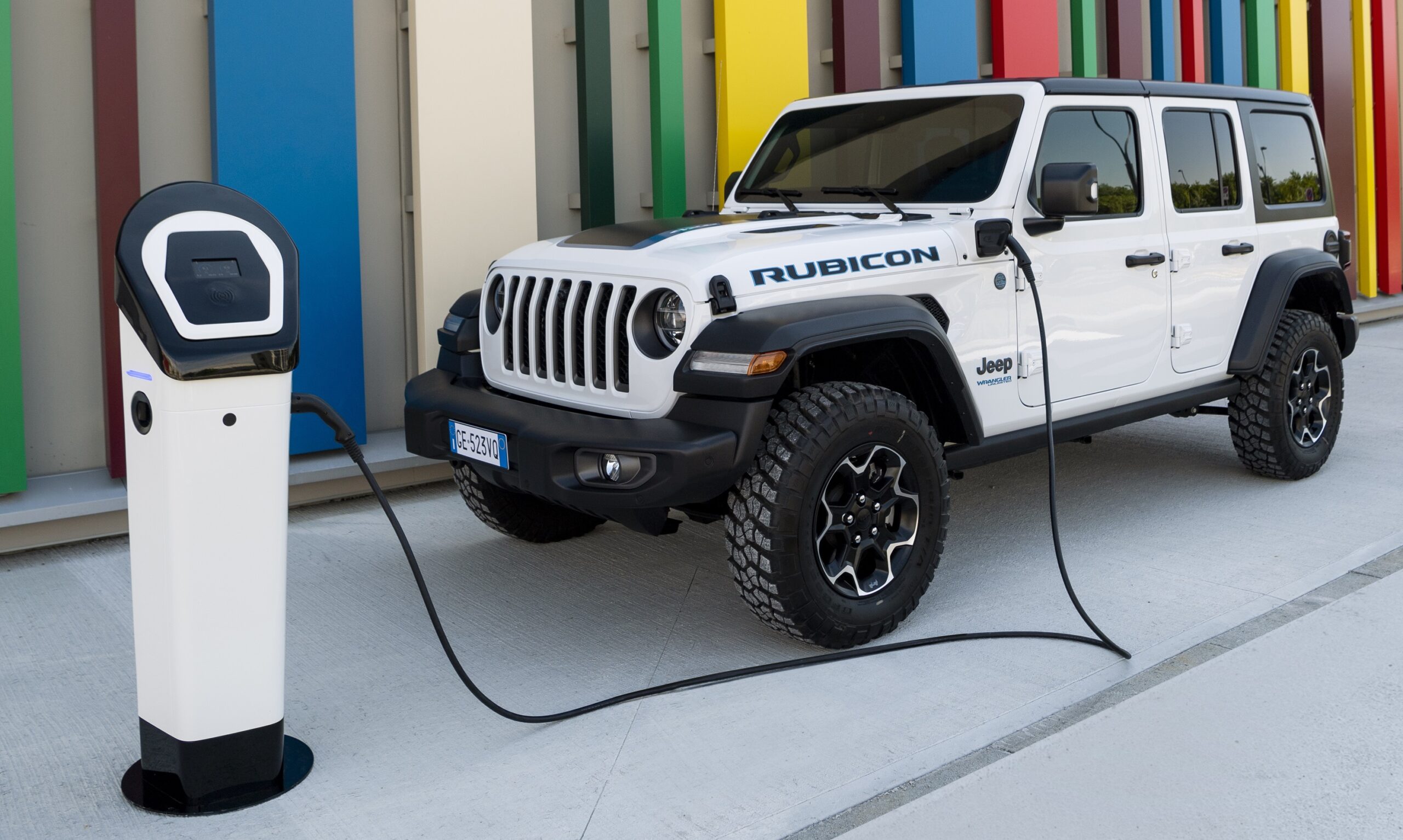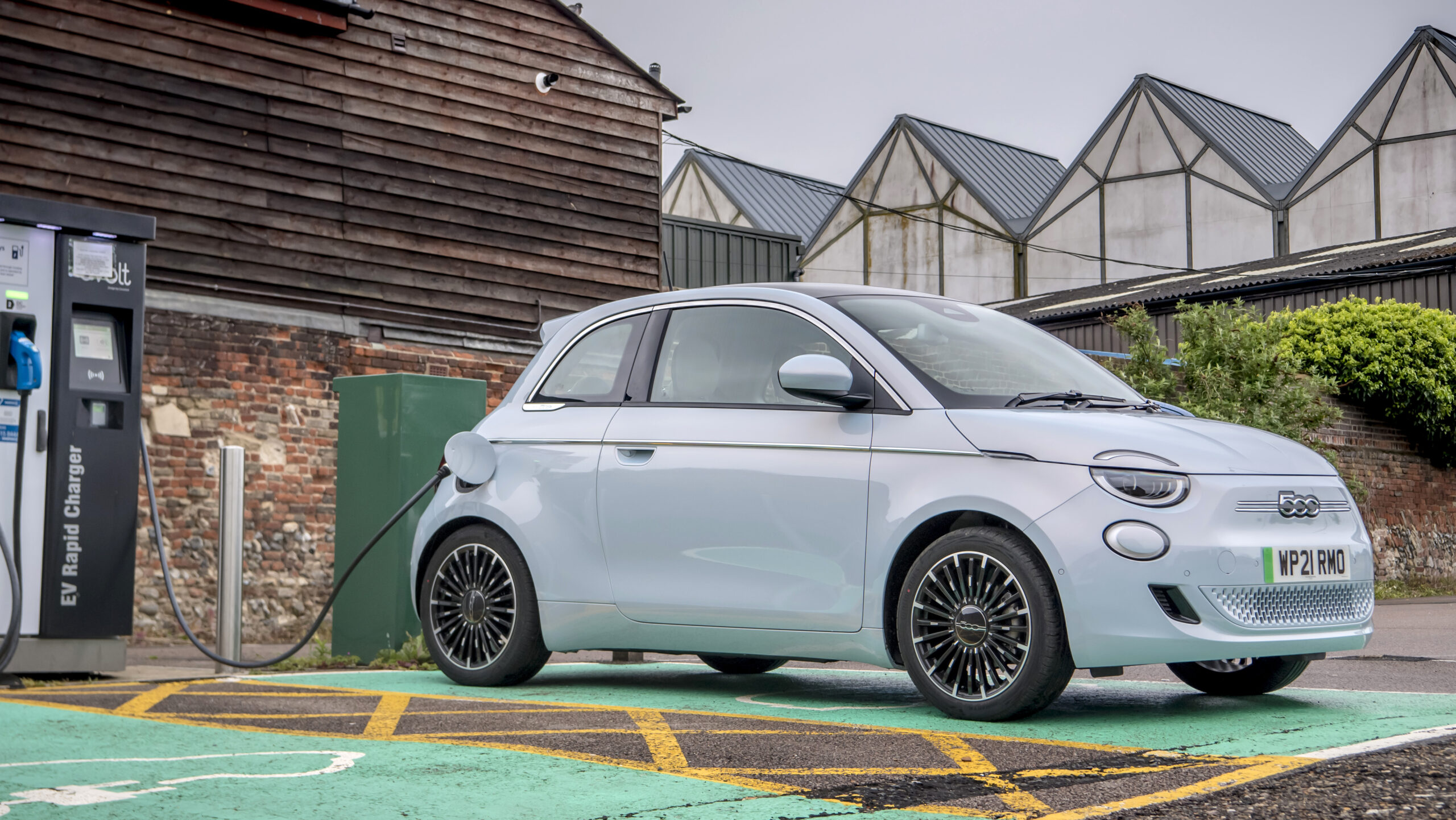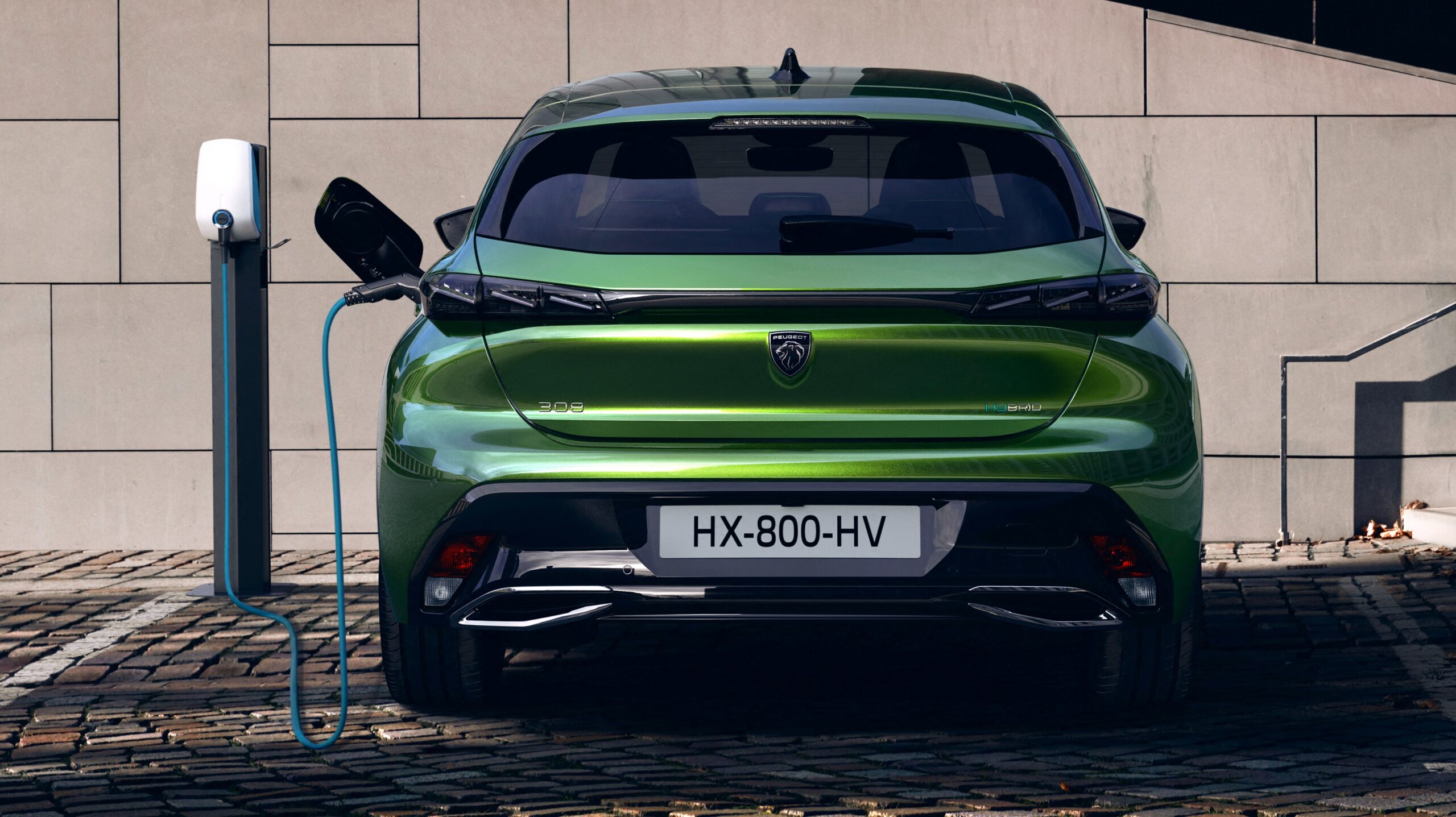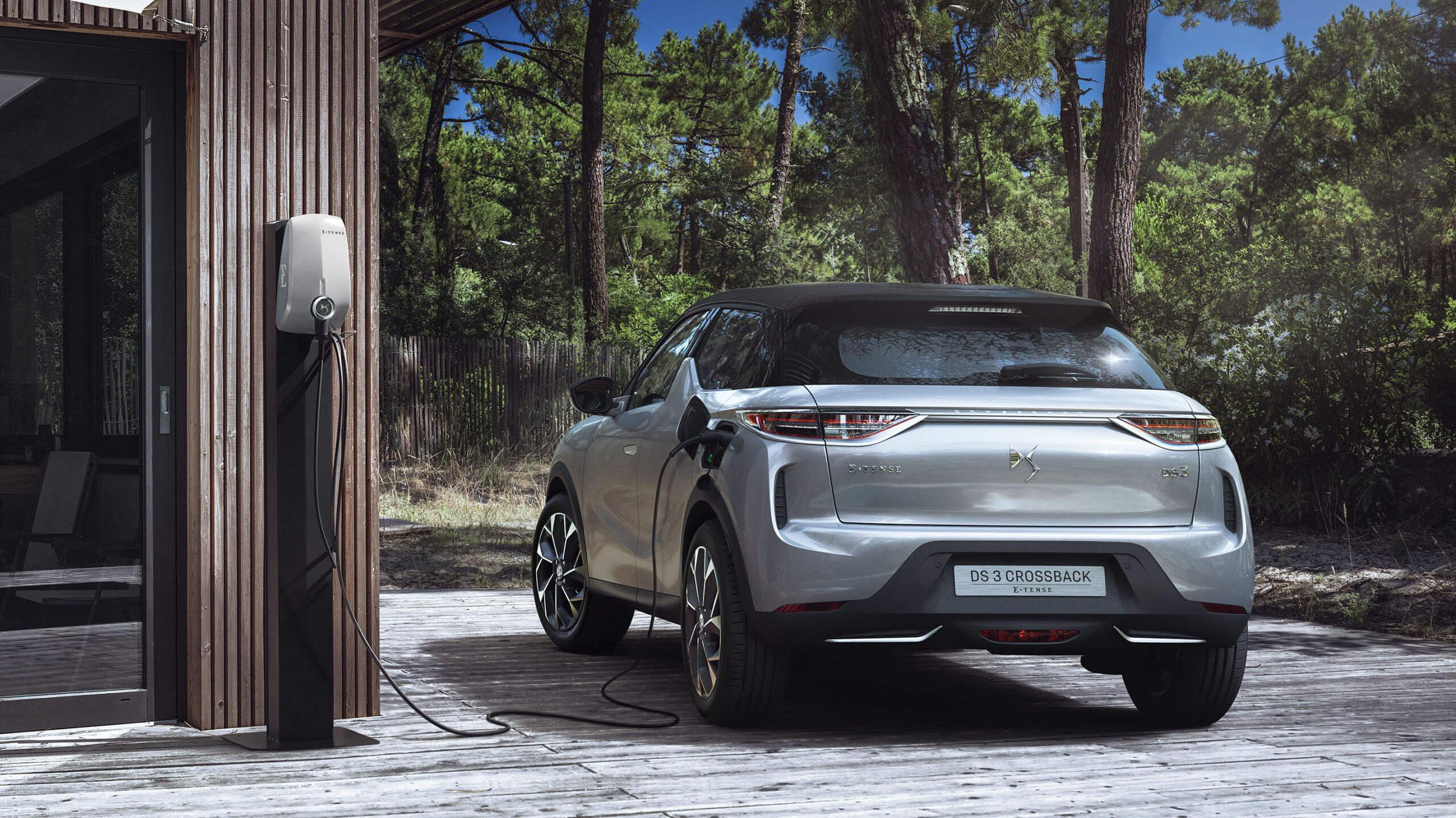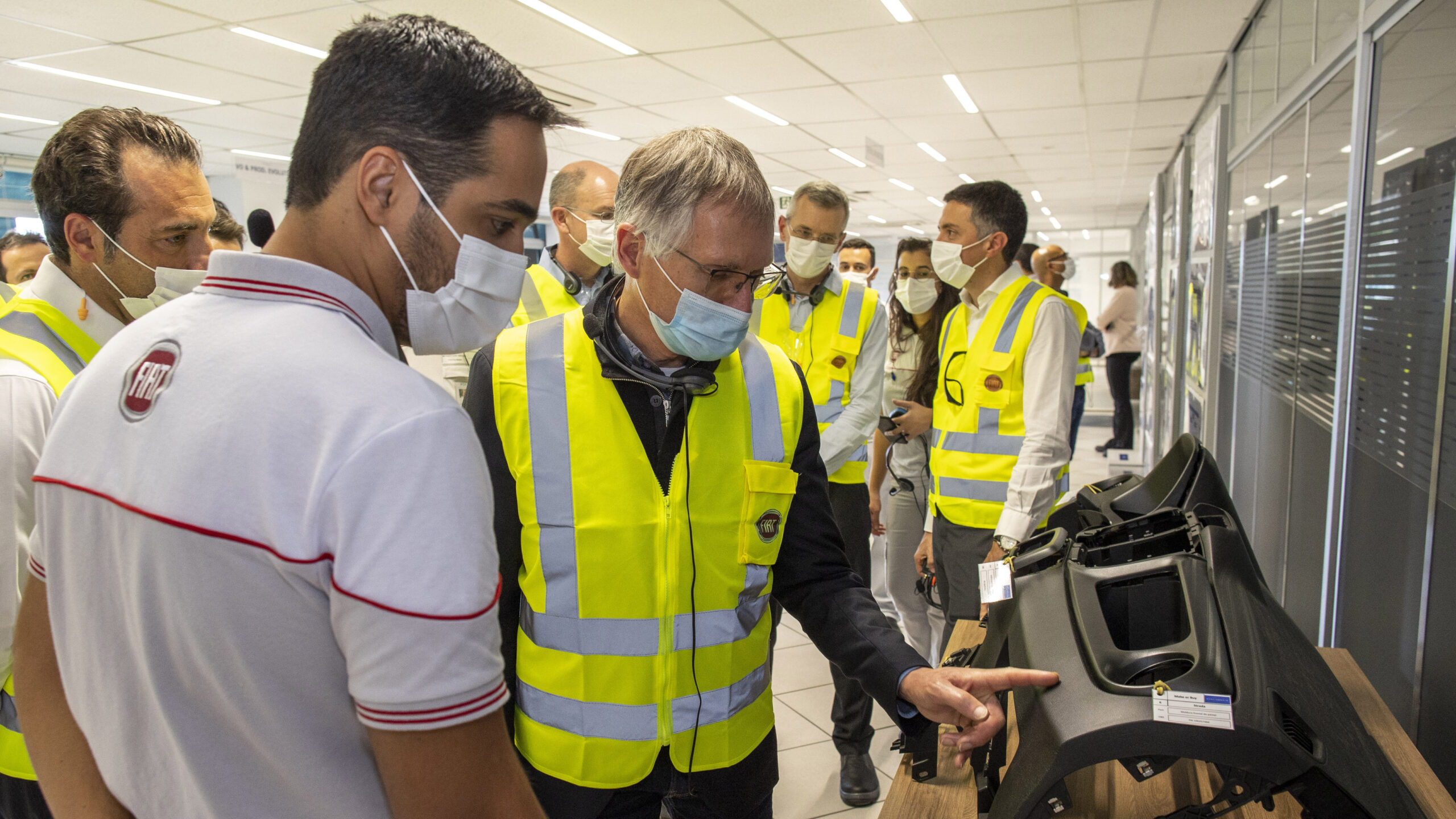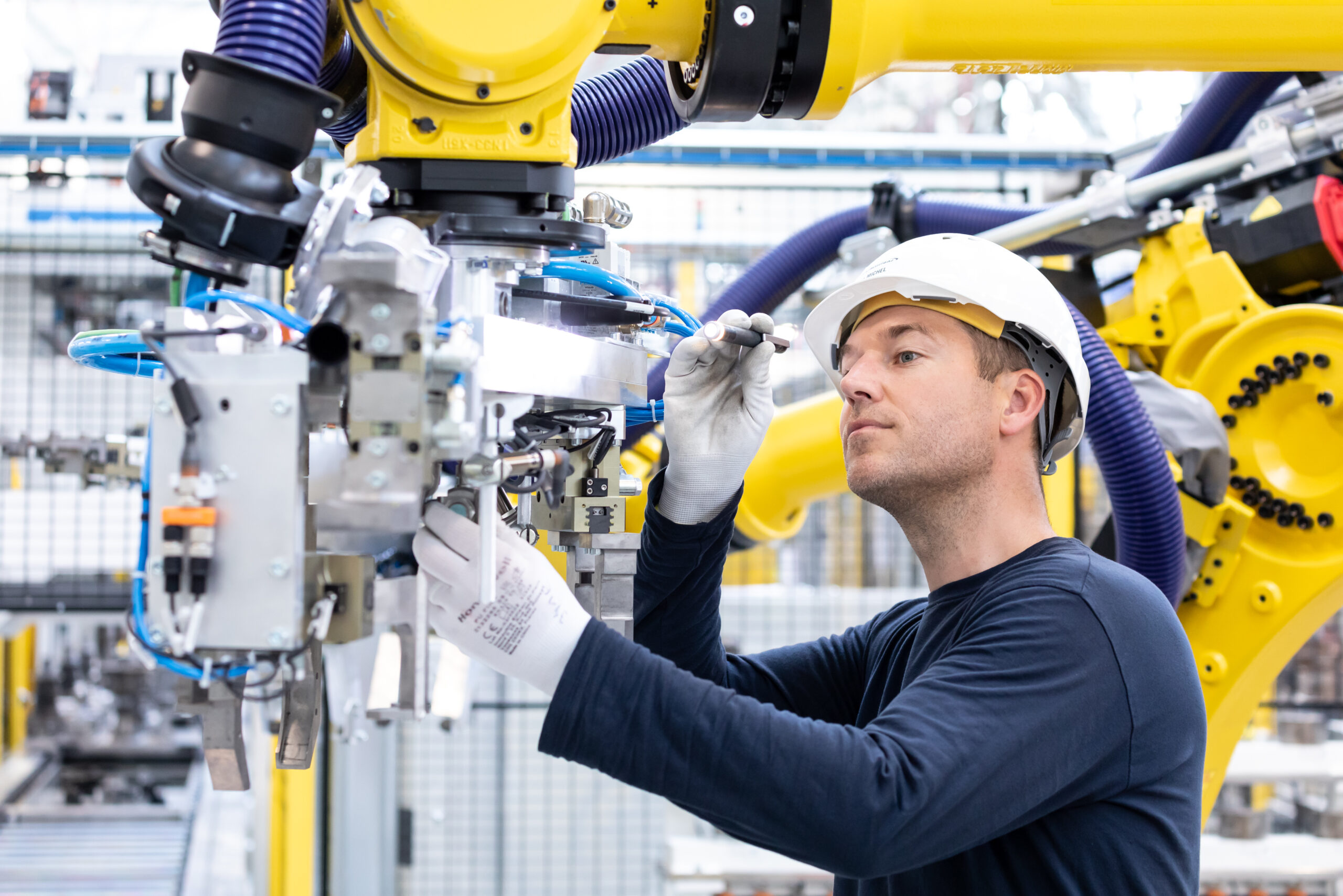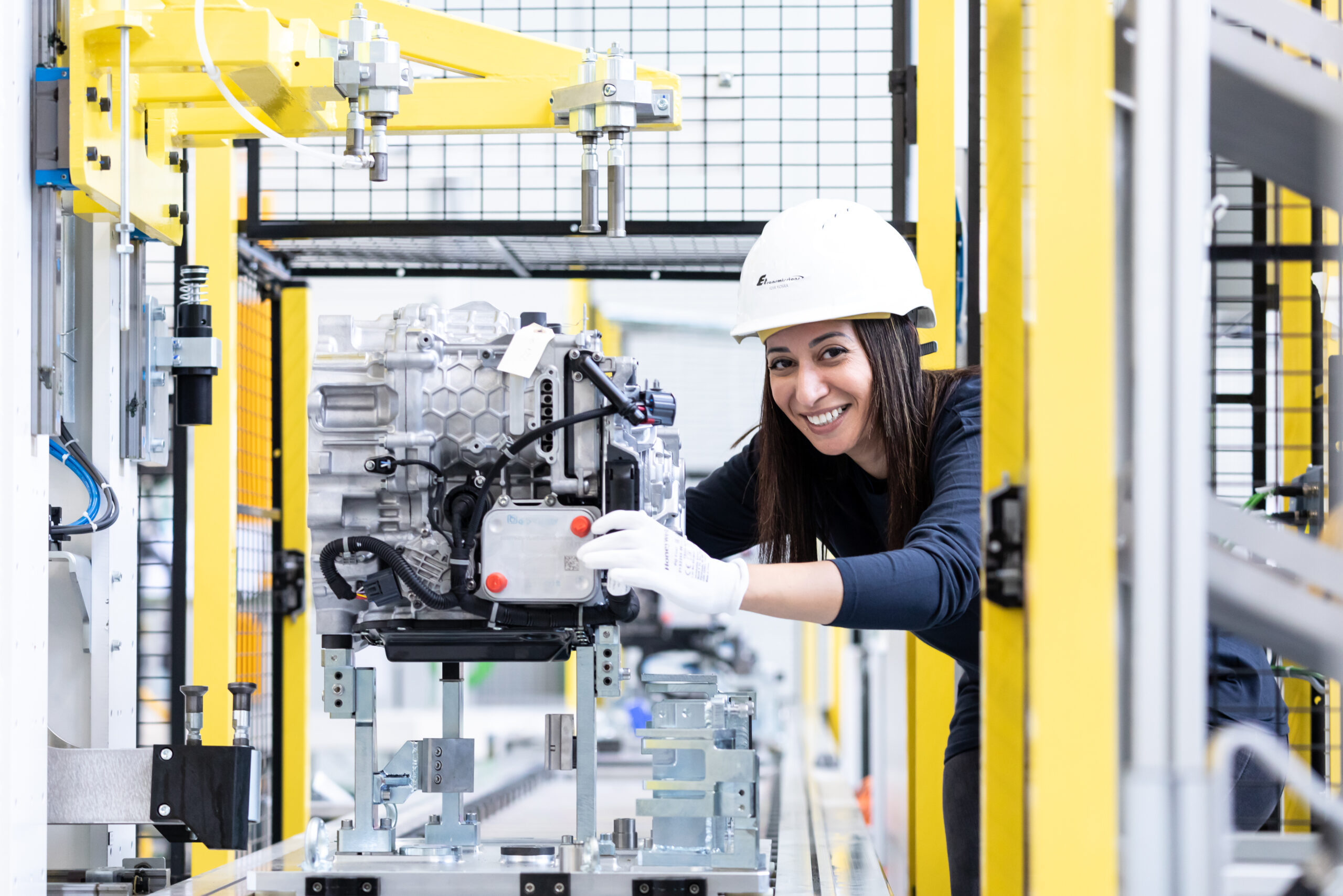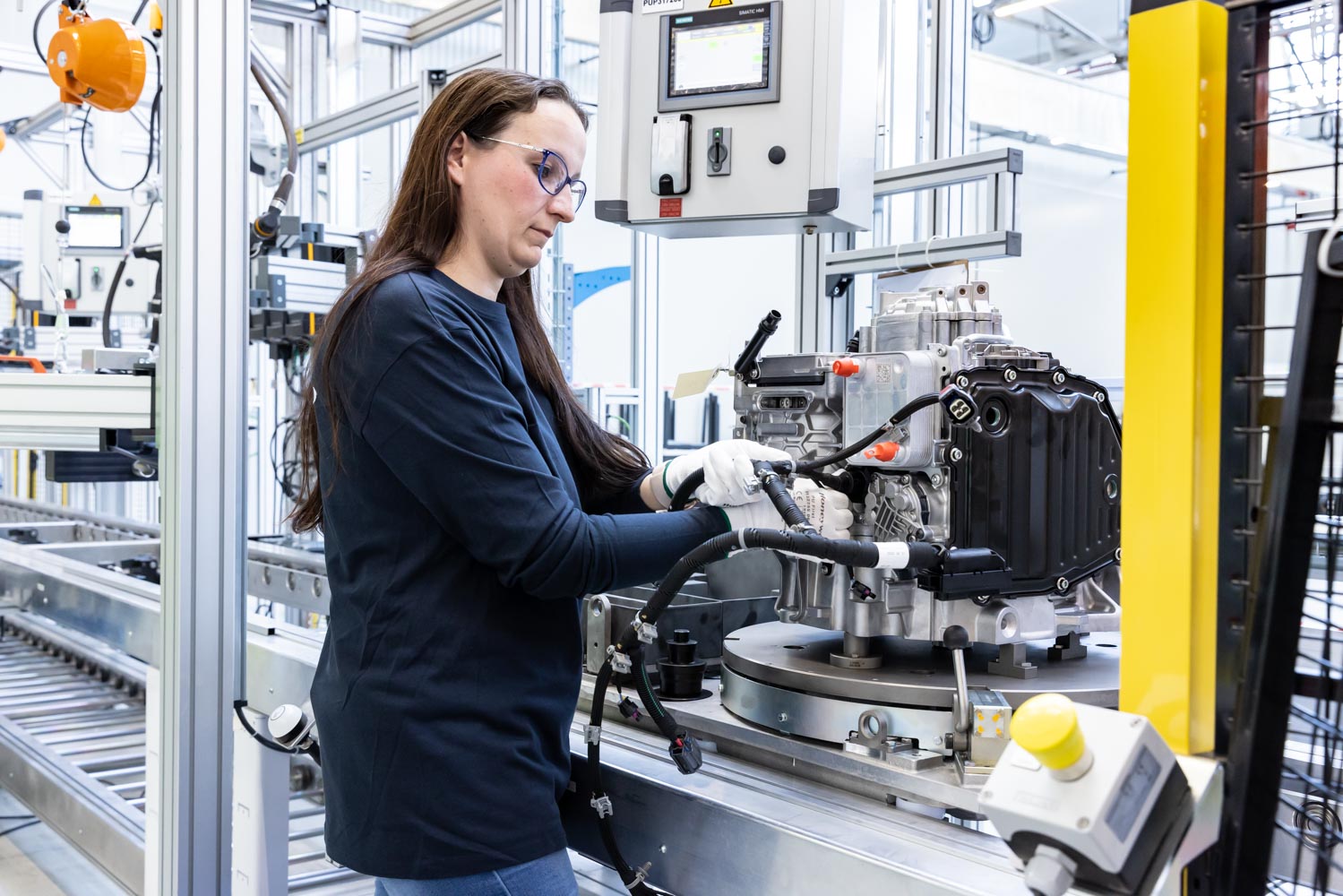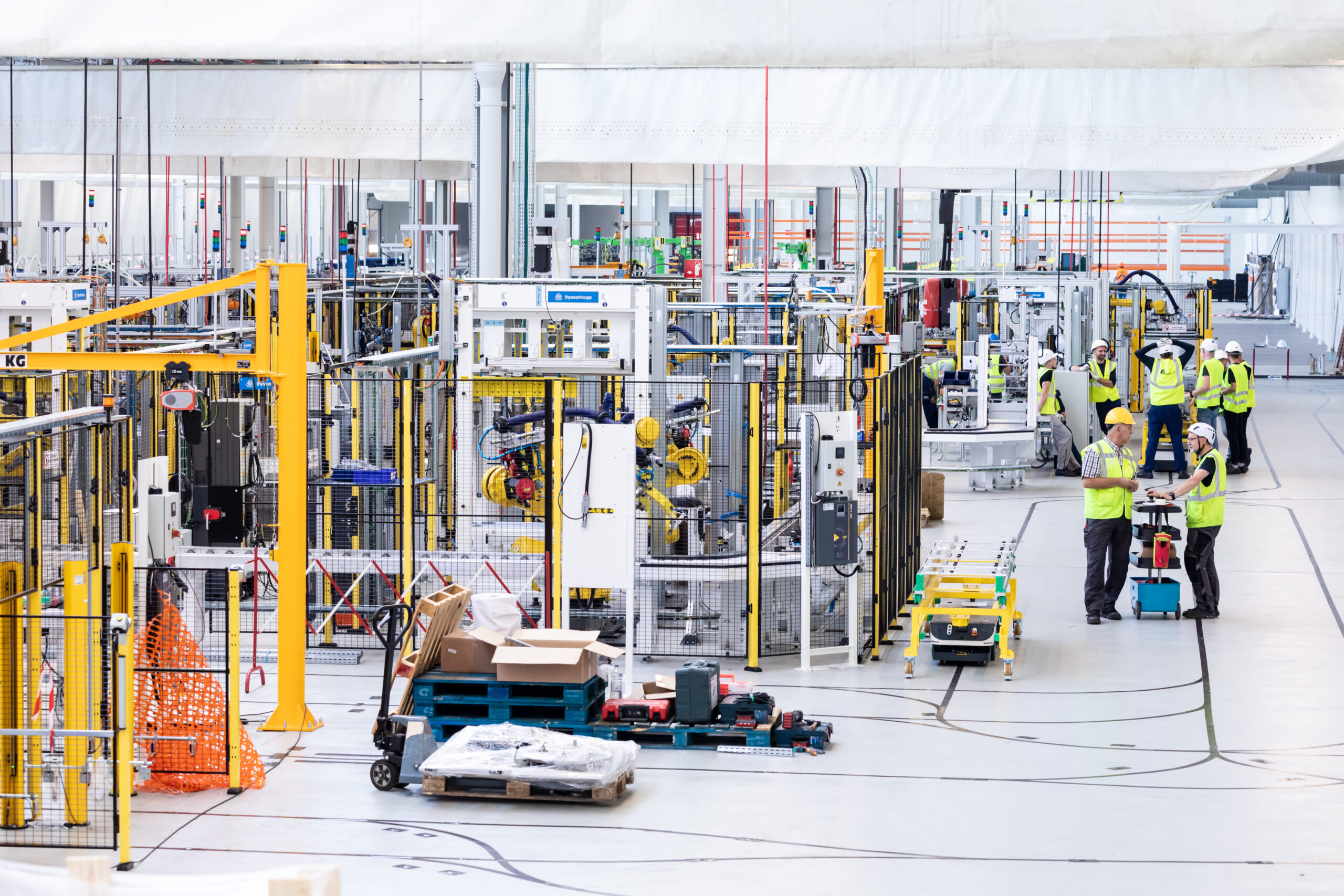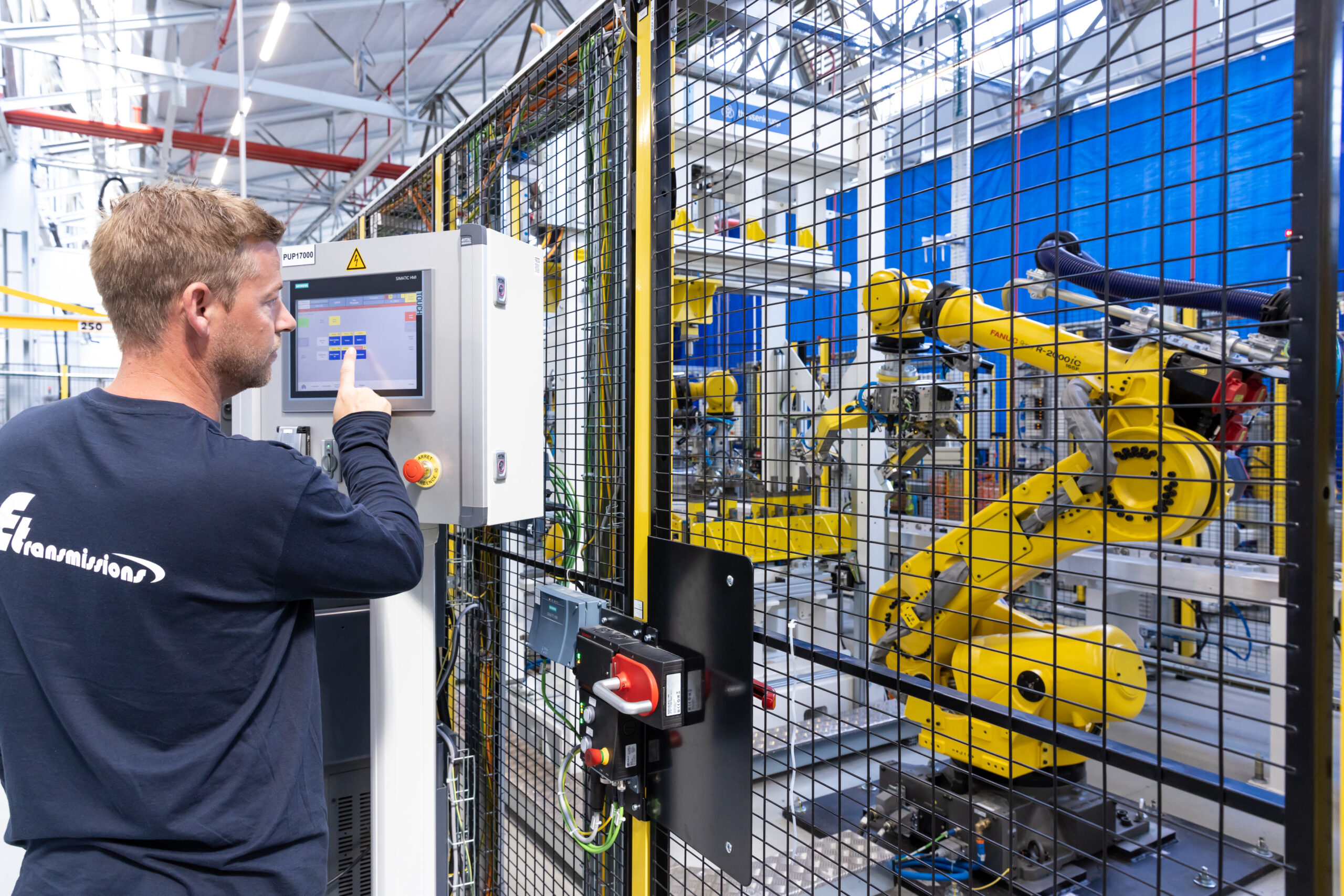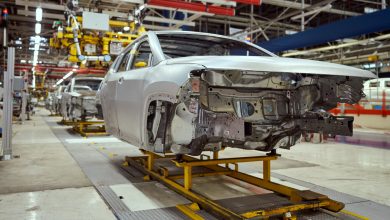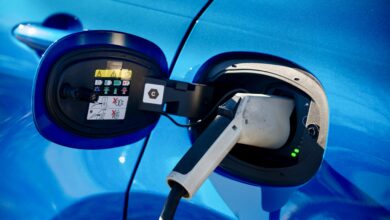Stellantis Management Warns Market Could Collapse If EVs Don’t Get Cheaper!
A Rush To eMobility Could Cause Trouble For The Automaker...
This past week, the European Union (E.U.) endorsed a push to eliminate carbon emissions from new cars by 2035. The decision means phasing out of internal combustion engine (ICE) vehicles in favor of electrification. And now Stellantis managers are warning that the new battery-electric vehicles (BEVs) are still too expensive to avoid disrupting demand.
The automaker is seeking to reduce its production cost of electric vehicles (EVs) by 40% by 2030. Stellantis Chief Manufacturing Officer, Arnaud Deboeuf expressed his concern to the media during an electrification event at the company’s Tremery factory in France on Wednesday.
Although the automaker plans to manufacture some parts in-house, it will also need to pressure its suppliers to reduce their costs as well. If EVs don’t get cheaper, “the market will collapse,” Deboeuf said. “It’s a big challenge.”
Stellantis plans to bring more than 75 fully-electric models to market by the end of the decade. The company also plans to transform some of its European assembly plants to produce these new EVs. To help Stellantis to maintain strong returns during the massive turnover of its product portfolio, the automaker is relying on extra income from various software updates and services offered with the new generation of electrified vehicles, and its more premium EV model offerings.
According to Stellantis, their goal is to reach 5 million units of BEV global sales in 2030. This means that 100% of the company’s passenger car sales in Europe and 50% of its passenger cars and light-duty trucks would be made up of BEVs in 2030.
CEO Carlos Tavares again voiced his opinion about the shift to electrification versus policymakers on Wednesday. Tavares stated that policymakers appear to “not care” about the ongoing supply chain shortages that have plagued the industry amind the transition to EVs.
With the number of new EVs coming to market between 2024 and 2027, Tavares expressed his concern for the period before more European battery capacity can come online. He stated that it will benefit the Asian producers and “put at risk” battery cell output in Western countries.
Currently, the automaker has started construction on five Gigafactories across Europe and North America to produce 400 GWh of cells by 2030. When asked, Tavares did not rule out if Stellantis could purchase a mine to secure the raw-material supplies needed to produce battery cells. He also wouldn’t rule out that all of the company’s assembly plans will make the transition to EVs, saying that it depends on the overall industry trends.
Source: Bloomberg & Reuters


